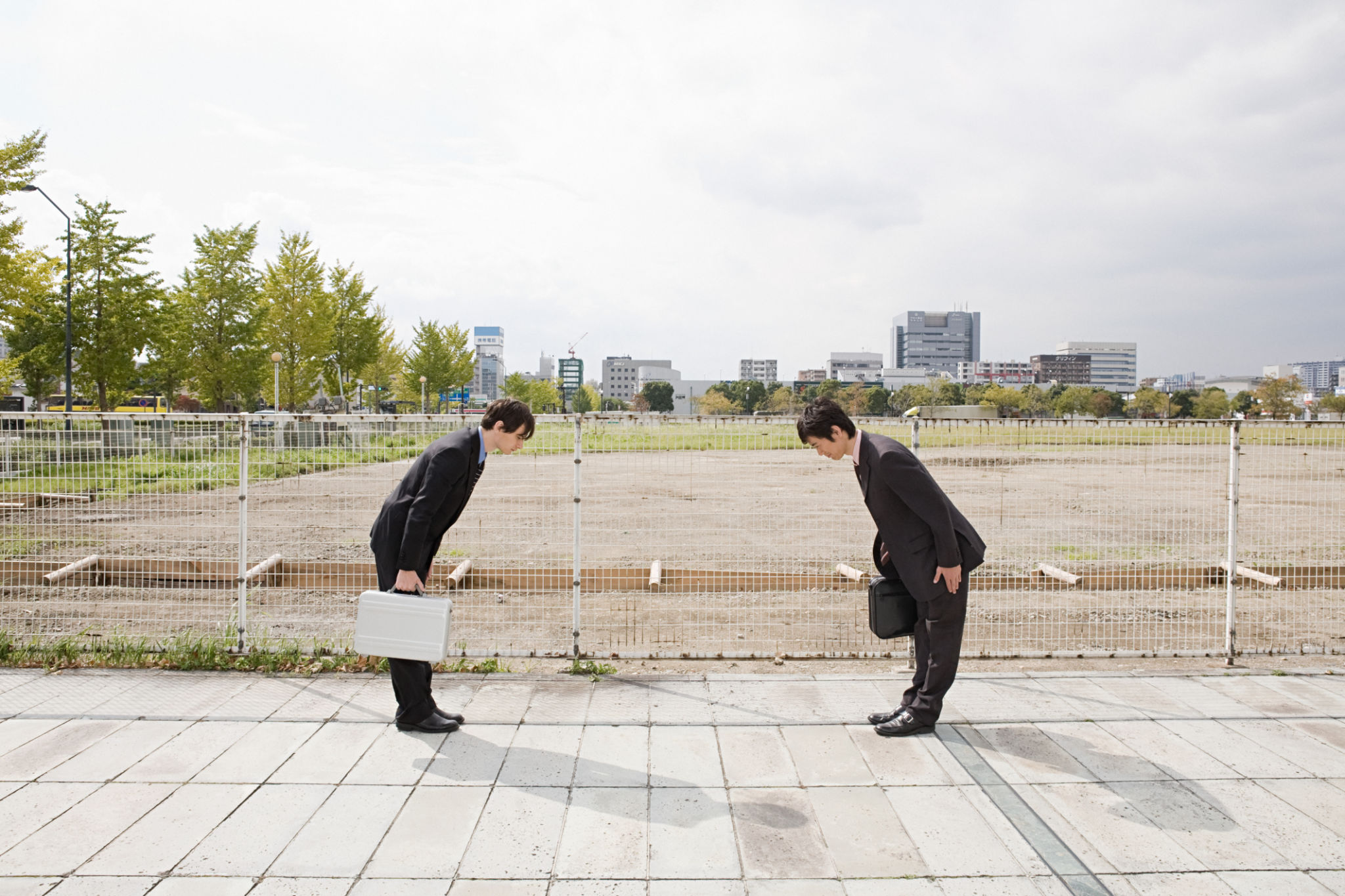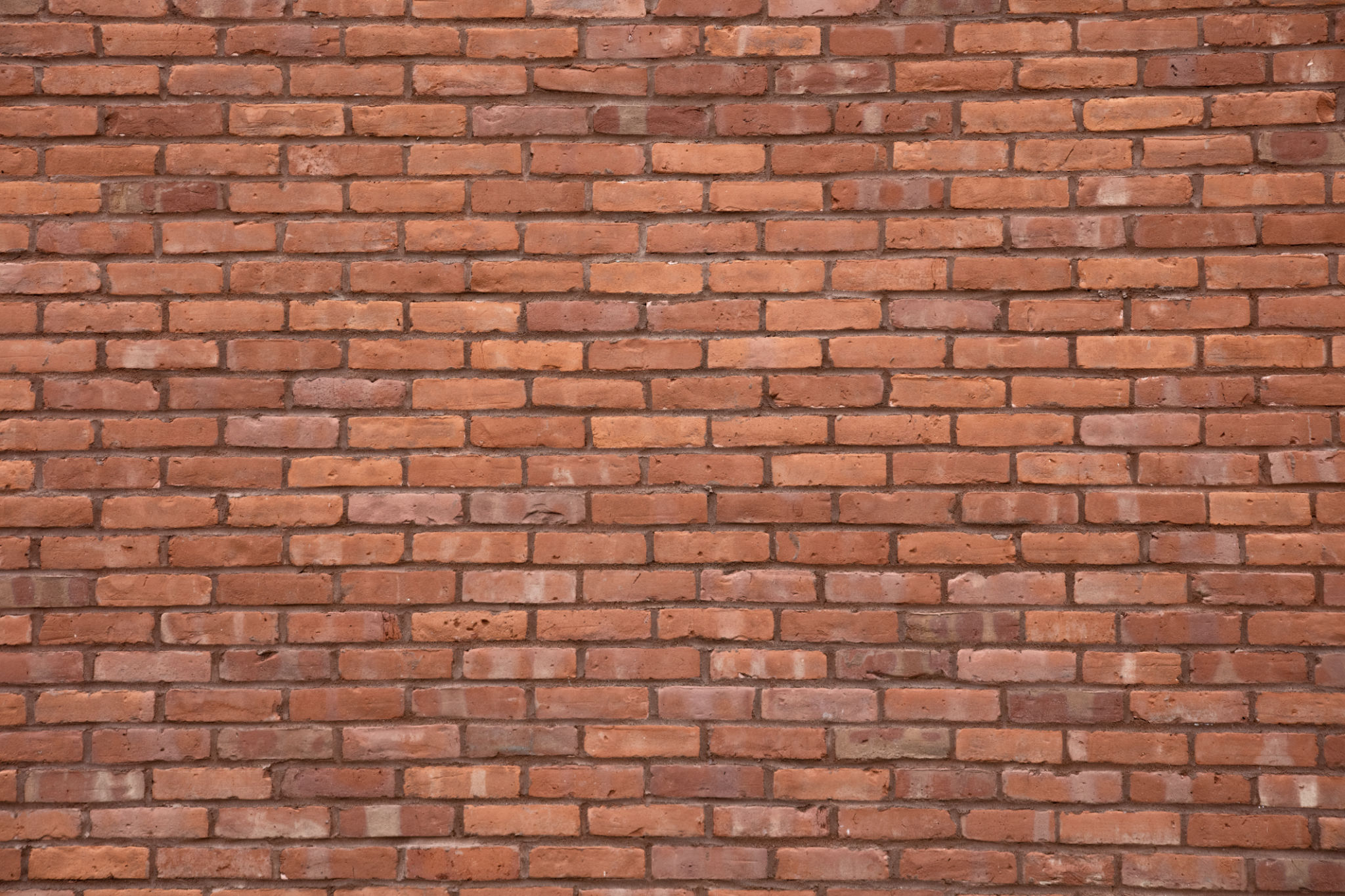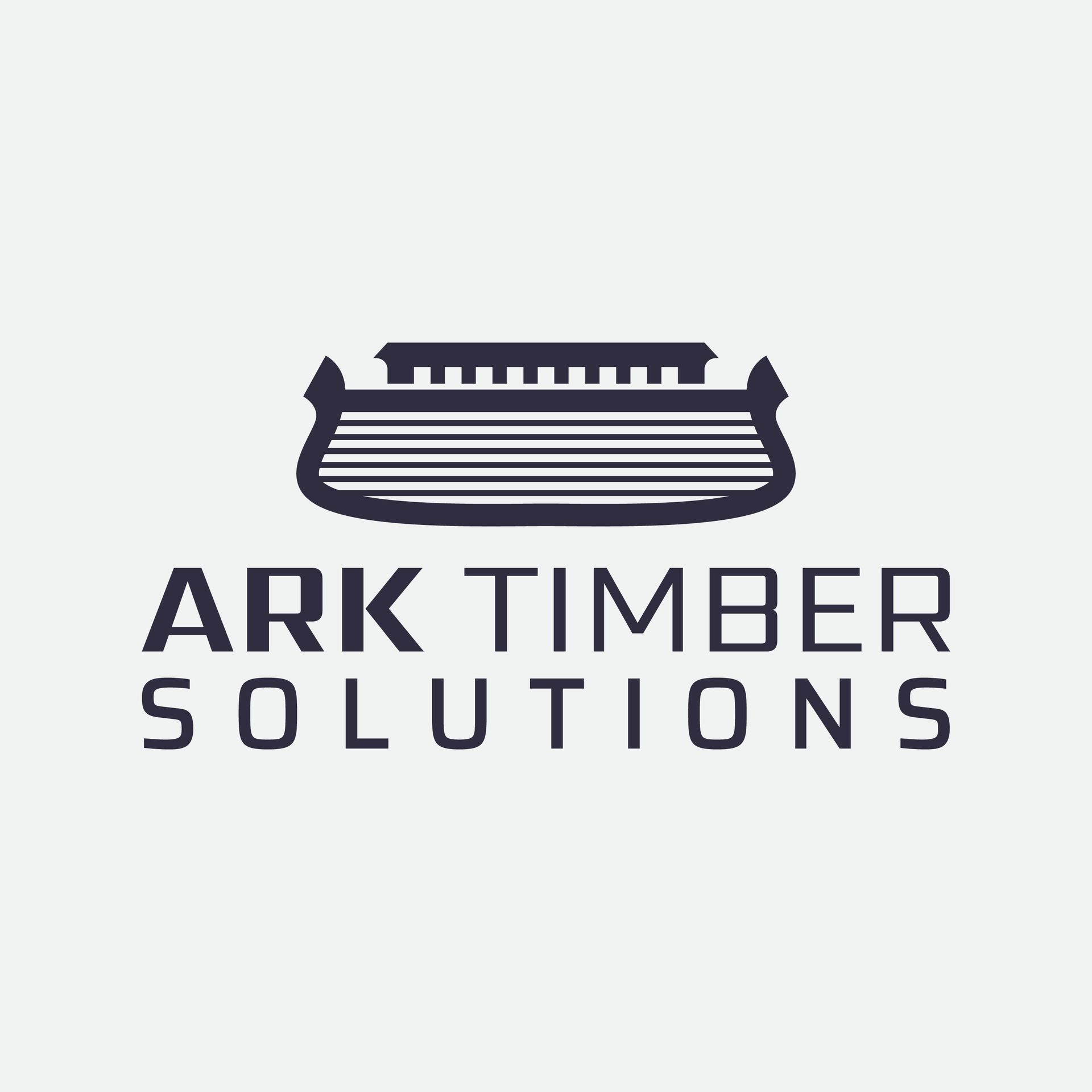Expert Insights: Comparing Timber Frame vs. Traditional Brick Construction
Introduction to Construction Methods
When embarking on a construction project, one of the most crucial decisions you'll make is choosing the type of construction method. Two popular options are timber frame and traditional brick construction. Both methods have unique characteristics and benefits, which can significantly impact the final outcome of your project. This article provides expert insights into these two construction methods, helping you make an informed decision.

Understanding Timber Frame Construction
Speed and Efficiency
Timber frame construction is renowned for its speed and efficiency. Since many components are pre-fabricated off-site, the on-site assembly process is quick, often reducing construction time by up to 30%. This method is particularly advantageous in regions with unpredictable weather conditions, as it minimizes exposure time to the elements.
Environmental Impact
Timber frame construction is considered a more environmentally friendly option. Wood is a renewable resource, and with sustainable forestry practices, the impact on the environment can be minimized. Moreover, timber has excellent insulation properties, contributing to energy-efficient buildings that require less heating and cooling.

Exploring Traditional Brick Construction
Durability and Longevity
Traditional brick construction is synonymous with durability and longevity. Brick homes have stood for centuries, enduring harsh weather conditions without significant deterioration. The robustness of brick structures makes them a preferred choice for those looking for a long-lasting solution.
Thermal Mass Benefits
One of the standout features of brick construction is its thermal mass. Bricks absorb and store heat, releasing it slowly over time. This characteristic helps maintain a stable indoor temperature, reducing reliance on heating and cooling systems and contributing to energy savings.

Comparative Analysis
Cost Considerations
When comparing costs, timber frame construction can be more economical in terms of initial outlay due to faster build times and reduced labor costs. However, traditional brick construction may offer savings over the long term through reduced maintenance and repair costs.
Aesthetic Flexibility
Aesthetically, both timber frame and brick construction offer unique advantages. Timber frame homes can provide a warm, rustic appearance with exposed beams and natural wood finishes. Brick constructions, on the other hand, offer a classic and timeless look that can complement various architectural styles.

Conclusion: Making the Right Choice
The decision between timber frame and traditional brick construction ultimately depends on your specific needs and priorities. If speed, environmental impact, and flexibility in design are top considerations, timber frame may be the way to go. Conversely, if durability, thermal efficiency, and a classic aesthetic are more important, traditional brick might be the better choice.
Both methods have their merits, and consulting with construction experts can provide further personalized insights to guide your decision-making process.
